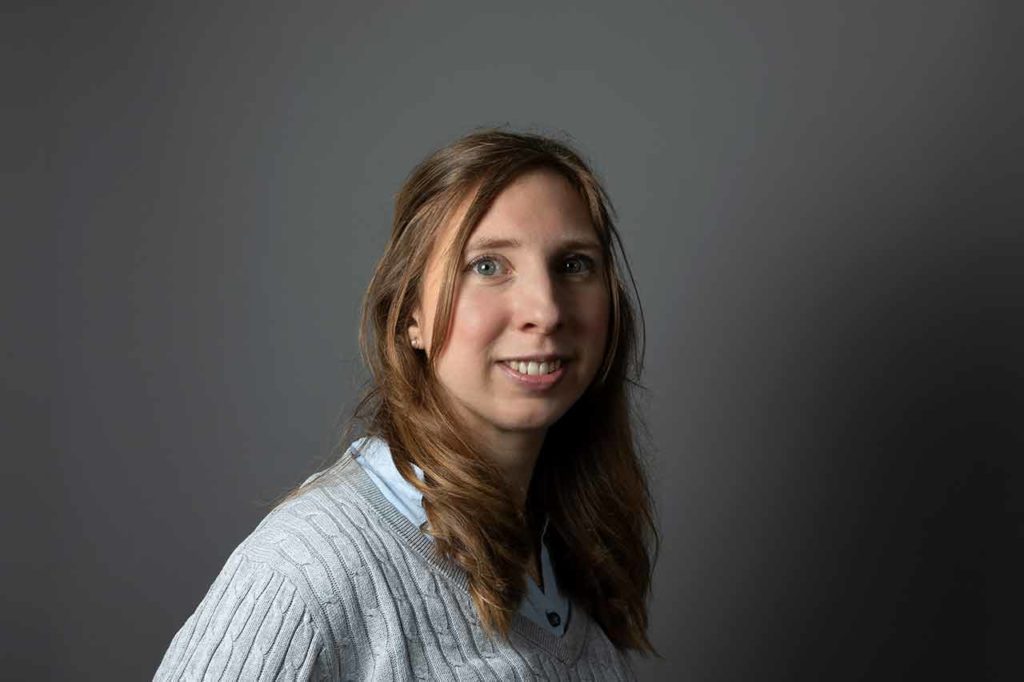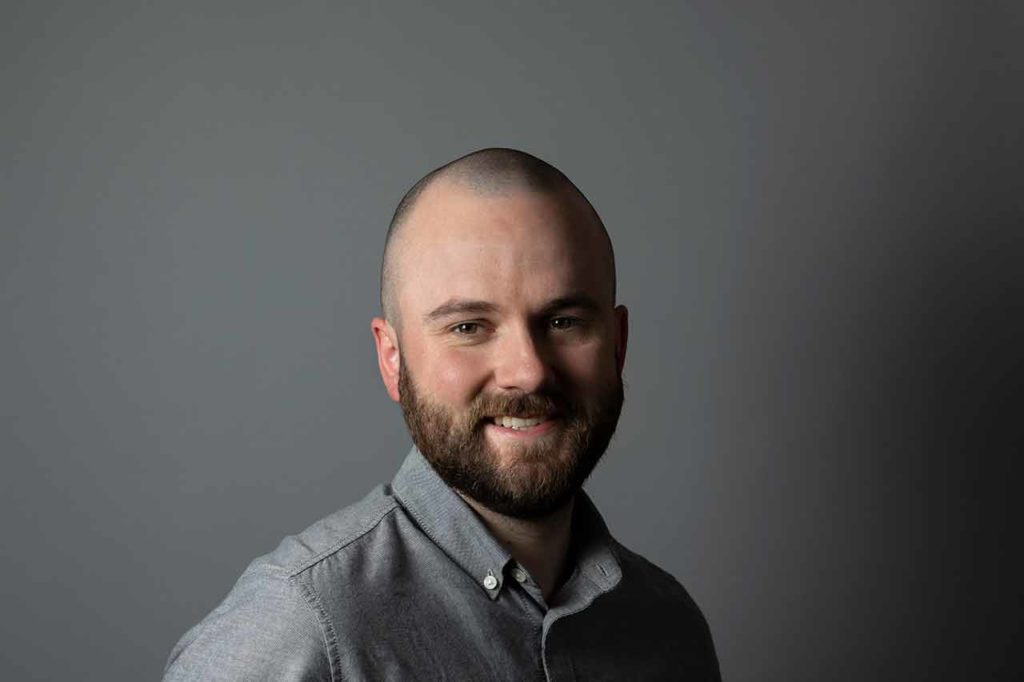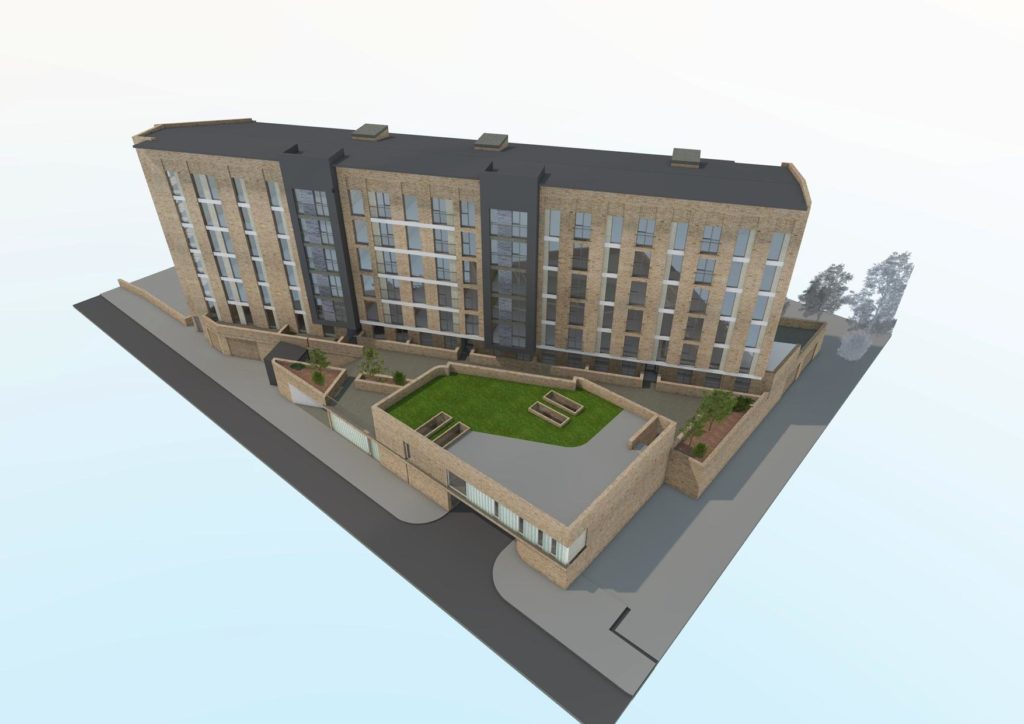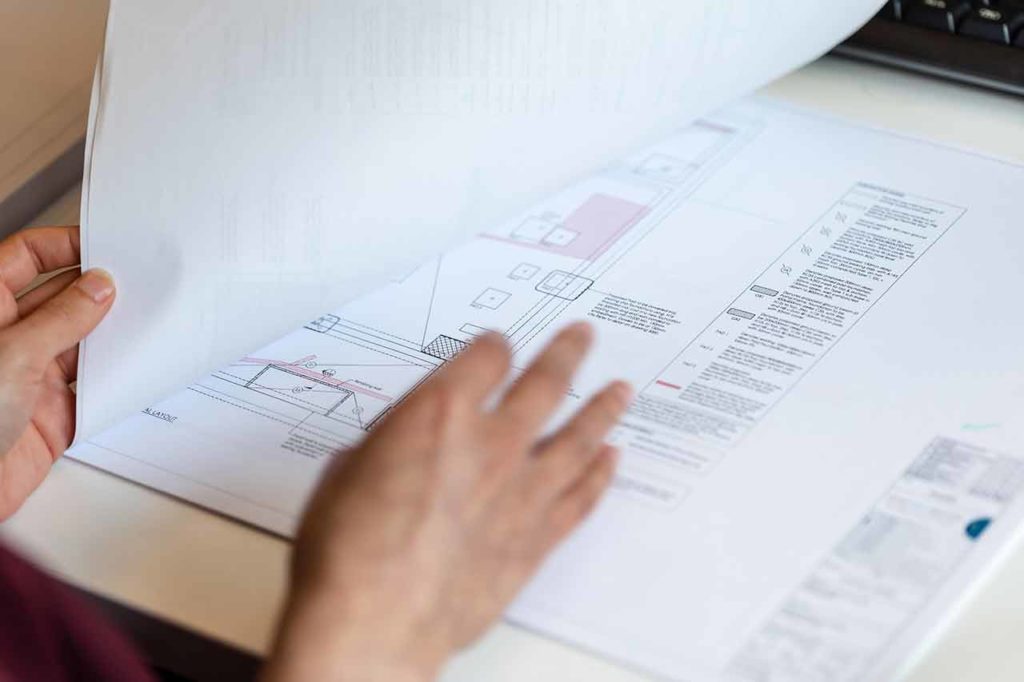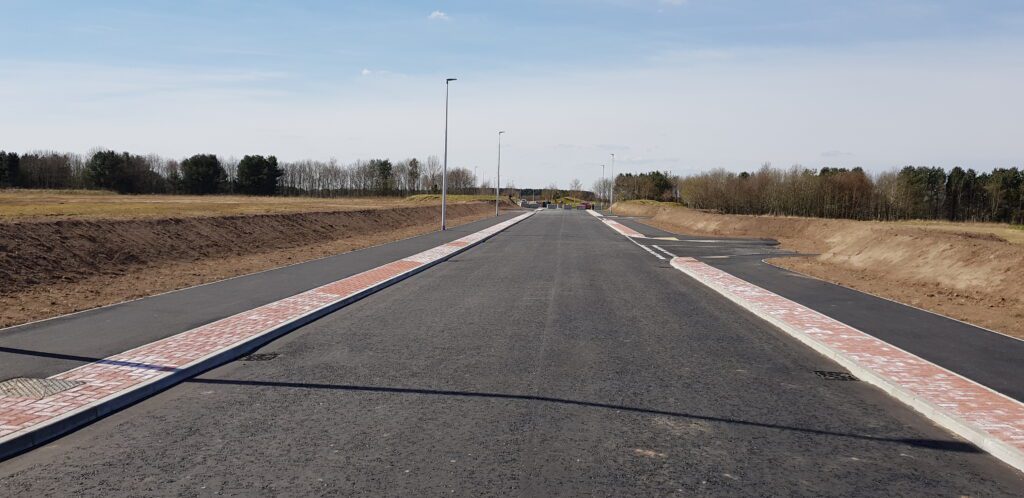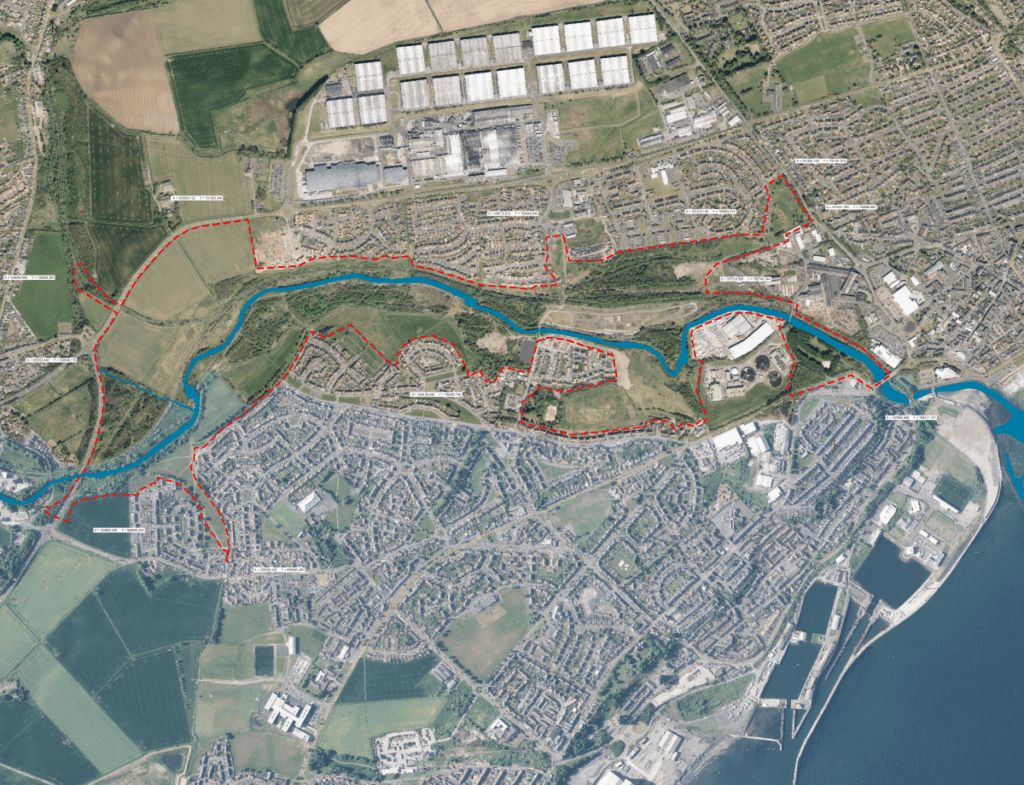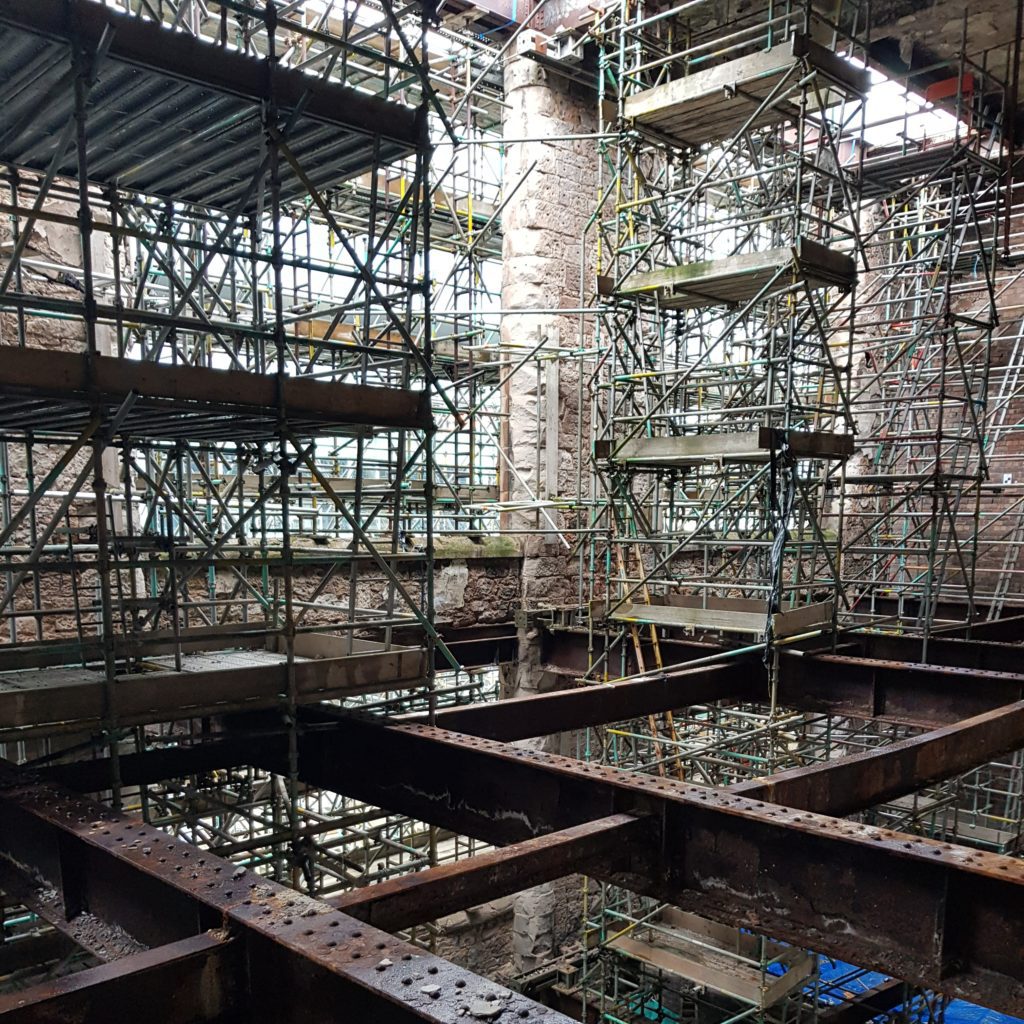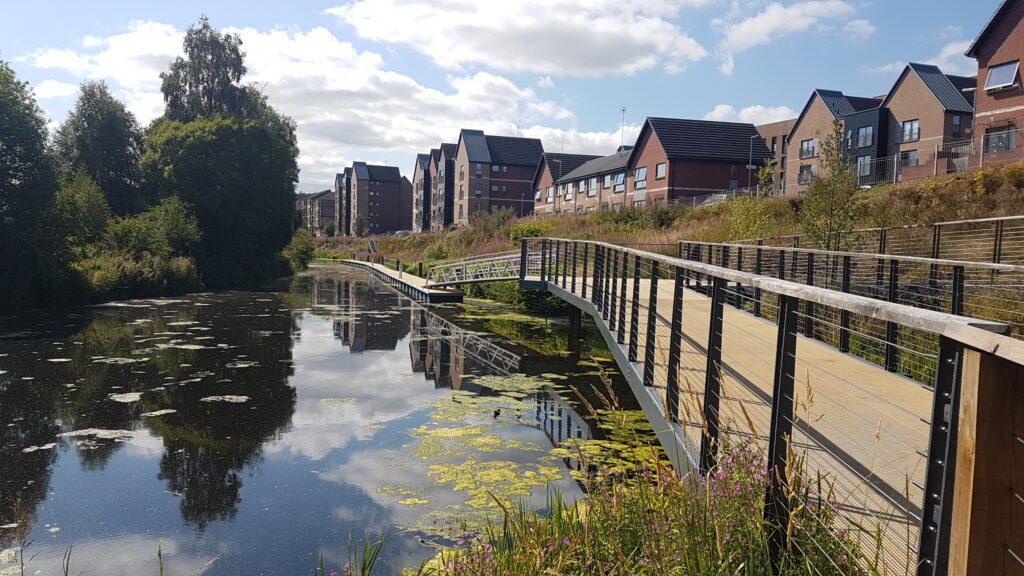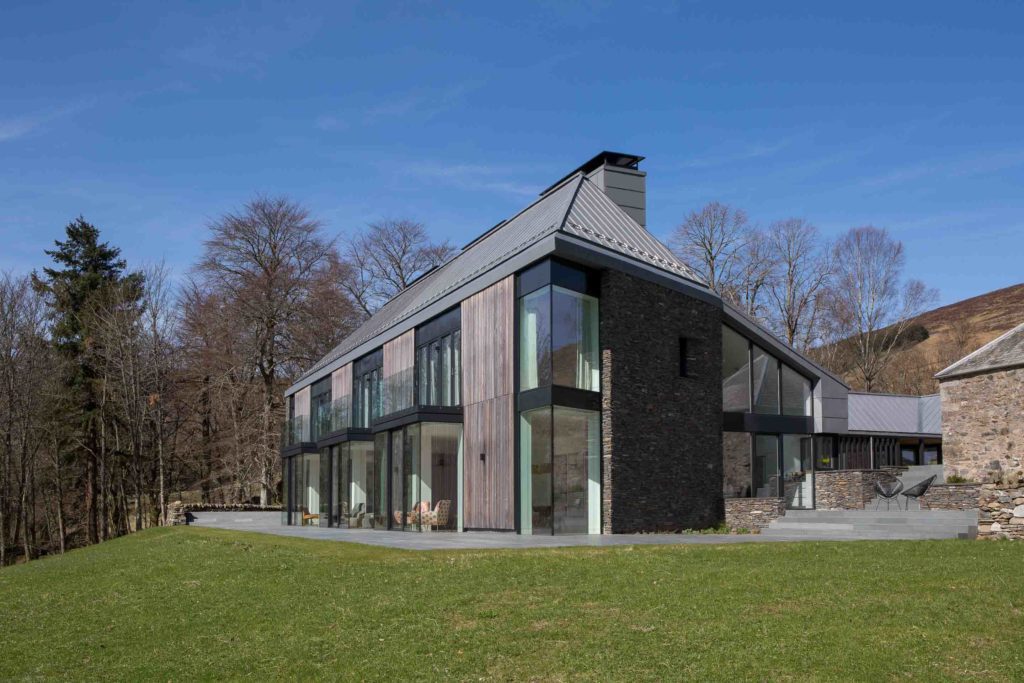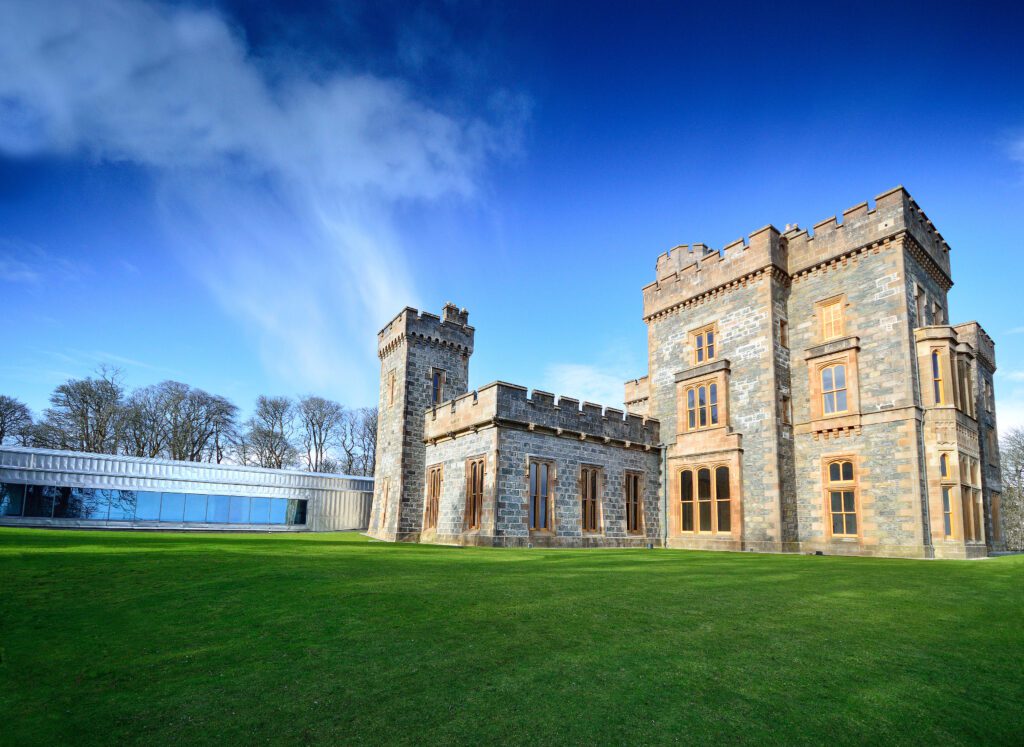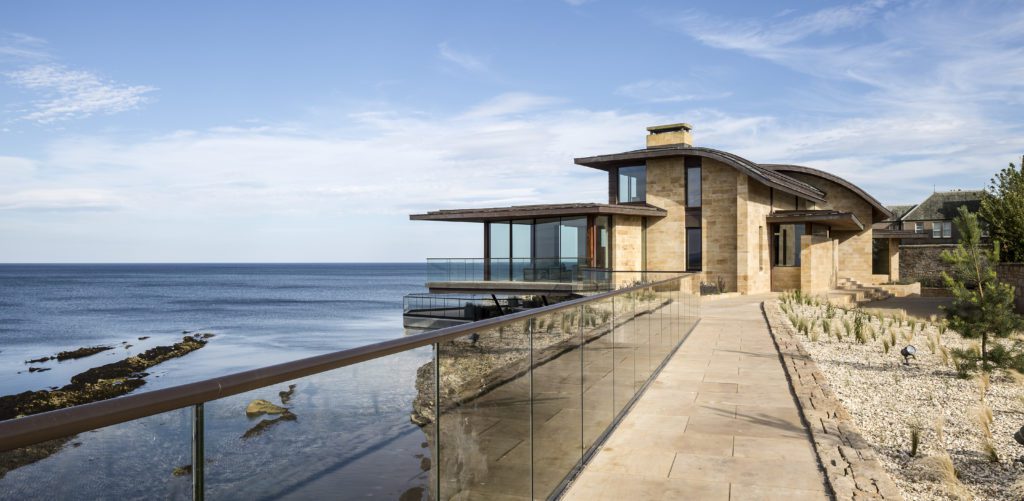Embedding robust principles
We work closely with private and public sector clients to find the optimum balance between carbon cost, performance and budget. The Practice has delivered projects including new schools, education facilities and new housing developments that meet high sustainability standards.
The five principles of our successful approach to Sustainable Engineering blend environmental, economic and social elements.
- Reusing and retrofitting existing buildings and materials reduces waste – the greenest building is the one already built
- Identifying opportunities for lower carbon materials and multi-use of structural components and proposing greener methods and materials where available
- Assessing and tracking embodied carbon throughout a project, including comparing the cost of different design options
- Achieving the highest levels of energy efficiency by meeting standards such as Passivhaus where appropriate
- Future proofing for longevity, with effective community involvement from the beginning, and delivering resilient design and construction
Reuse, retrofitting and refurbishment
Reducing environmental impact begins by conserving or adapting existing buildings to avoid unnecessary demolition. We promote the RetroFirst concept to reuse the structures of yesterday for tomorrow.
After comparing the current structure with the proposed use, we repurpose buildings by identifying the best structure requiring minimal intervention and strengthening.
To extend the life of existing structures, we look at options for refurbishing. Our CARE accredited specialists bring decades of expertise in Conservation Engineering for modern, historic and listed buildings.
Sustainable specification and carbon assessment
When repurposing or constructing new structures, we apply Circular Economy principles by considering where materials can be reused. Where possible, we recommend lower carbon materials and construction methods.
At concept design stage, we improve the cost/carbon balance by offering clients an in-depth review to understand the impact of designs, materials and methods on the embodied carbon of each project. This is vital for effective decision making, and we often undertake whole life carbon assessment of projects in partnership with other design specialisms.
We employ the most up to date design codes to make efficient use of each material. We also encourage the multi-use of structural elements to fulfil other architectural, construction and manufacturing roles to reduce the carbon cost.
Carbon tracking and management
We combine the latest industry methods with our own in-house approach to identify, calculate, track, and manage the embodied carbon levels of each structural component as the project evolves. This information is logged in the Narro Project Carbon Database. We use that database to leverage insights from previous projects and share learnings for continuous improvement.
All technical staff are trained on the importance of tracking which ensures that it remains front-of-mind throughout the project.
Passivhaus certified engineering services
When the primary purpose of a building is to maximise comfort while minimising environmental impact, clients benefit from our Passivhaus certified engineering services. These ensure the structure meets the exacting Passivhaus quality assurance process around energy efficiency and thermal performance. Our Passivhaus design projects have included schools and nurseries, as well as housing developments and self-build homes.
Future proofing
When a new structure is not properly future-proofed, it can cancel out the care taken to minimise embodied carbon. This could lead to requiring premature repair, alteration or replacement. Our specialists plan new structures with the maximum possible lifespan by:
- engaging in community planning to understand the wider context to create better places and structures for the long-term (otherwise known as “placemaking”)
- building-in resilience to changing weather patterns, for example with environmentally beneficial sustainable drainage systems (SuDS) that minimise pollution by mimicking nature to manage rainfall, delivered by our Sustainable Civil Engineering team.
Competent and reliable. They are a safe pair of hands, particularly with respect to existing or heritage assets.
Doug Pearson,
Associate Director
3D Reid
